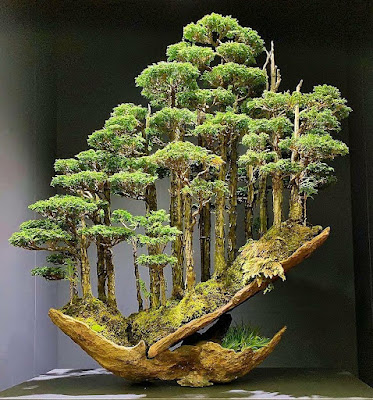Below is an excerpt from an article that appeared at Thoughts on Tai Chi, regarding the differences in the practice of the different major substyles of the Chen style of Taijiquan. The full post may be read here.
(Today we have a guest article from Charles Tauber. I asked
Charles to develop something he had written in the internal arts
discussion board Rum Soaked Fist, as this is a topic not very much
written about and should be interesting for Tai Chi enthusiasts. Please
visit Charles Webpage where you can find his carpentry as Tai Chi rulers, guitars and more. // Thanks! – David )
By Charles Tauber / May, 2023
A basic guiding principle of the practice of Taijiquan is that the whole body is mobilized in movement, rather than isolated motion of the limbs. In Chen style Taijiquan, specifically, the method for uniting the body in motion is called “silk reeling” (chan si). As with most styles of Taijiquan, the specifics of practice vary between styles, within sub-styles and between teachers of the same style.
Early in their studies, most students of Chen Taijiquan are taught basic foundational exercises – called jibengong by some and silk reeling exercises by others – to assist with their understanding and development of the body method used in Chen Taijiquan. Much of the Chen style Taijiquan currently taught, directly, or indirectly, comes from Chen Fake (CFK), who is widely recognized as the most skilled Chen Taijiquan practitioner of the 1900’s. He left behind three best-known lineages of practitioners; family members in Chen Village, Feng Zhiqiang in Bejing and Hong Junsheng in Jinan.
Despite having a common source, there is considerable variation in how each of these lineages conceptualizes, teaches, and practices the art and its foundational exercises – jibengong/silk reeling exercises. One of the sources of variation is the result of Hong Junsheng, Chen Fake’s (CFK) longest-standing disciple, observing that CFK performed his movements one way in solo practice and another during application. With CFK’s approval, Hong altered how movements were performed in solo practice to be the same as how they were performed in application. Hong observed that to be martially effective, the movements needed to be performed in a specific way that is more strict than is generally required for solo practice. Hong called his resulting approach “Practical Method”.
In Chen Village solo practice, the elbows are often raised, and is a basic element of most solo practice, including foundational silk reeling exercises (chan si gong). Chen Xiaowang (CXW), for example, explicitly teaches that during an “outgoing” portion of a silk reeling circle “qi” travels from the abdomen (dantian) to the lower back (mingmen), up the back to the shoulder, to the elbow and then to the hand. Feng Zhiqiang’s training doesn’t explicitly teach this pathway but performs the circle similarly. By contrast, in Hong’s Practical Method, it is taught from the onset that raising the elbows is an error in any part of practice and is to be avoided from day one. In application, regardless of sub-style, the elbows are rarely raised since a raised elbow is a liability easily taken advantage of by an opponent or partner. One of the distinguishing characteristics between Hong’s method and that of Village/Feng is the use/non-use of the elbow in the pathway.
This leads to a second distinguishing characteristic. With
Village/Feng solo silk reeling circles, and the
dantian/mingmen/shoulder/elbow/hand sequence, the movement of the elbow
precedes the movement of the hand. In Hong’s style, the hand precedes
the elbow: the mantra is, “Out with the hand, in with the elbow”. In
long weapons training – and some shorter weapons training, such as saber
– the hand must precede the elbow: the weapon won’t work if the elbow
leads. For example, if thrusting a spear outward, the forward hand leads
the action, not the elbow. Similarly, when withdrawing the spear, the
opposite occurs: the elbow leads the hand, pulling back with the elbow
as the hand follows. In Village/Feng solo (empty hand) work, the elbow
leads in outward-going movements while the hand leads on inward-going
movements, the exact opposite of Practical Method. This has huge
implications in how the solo movements – including the basic “silk
reeling” circles – are performed and trained.










